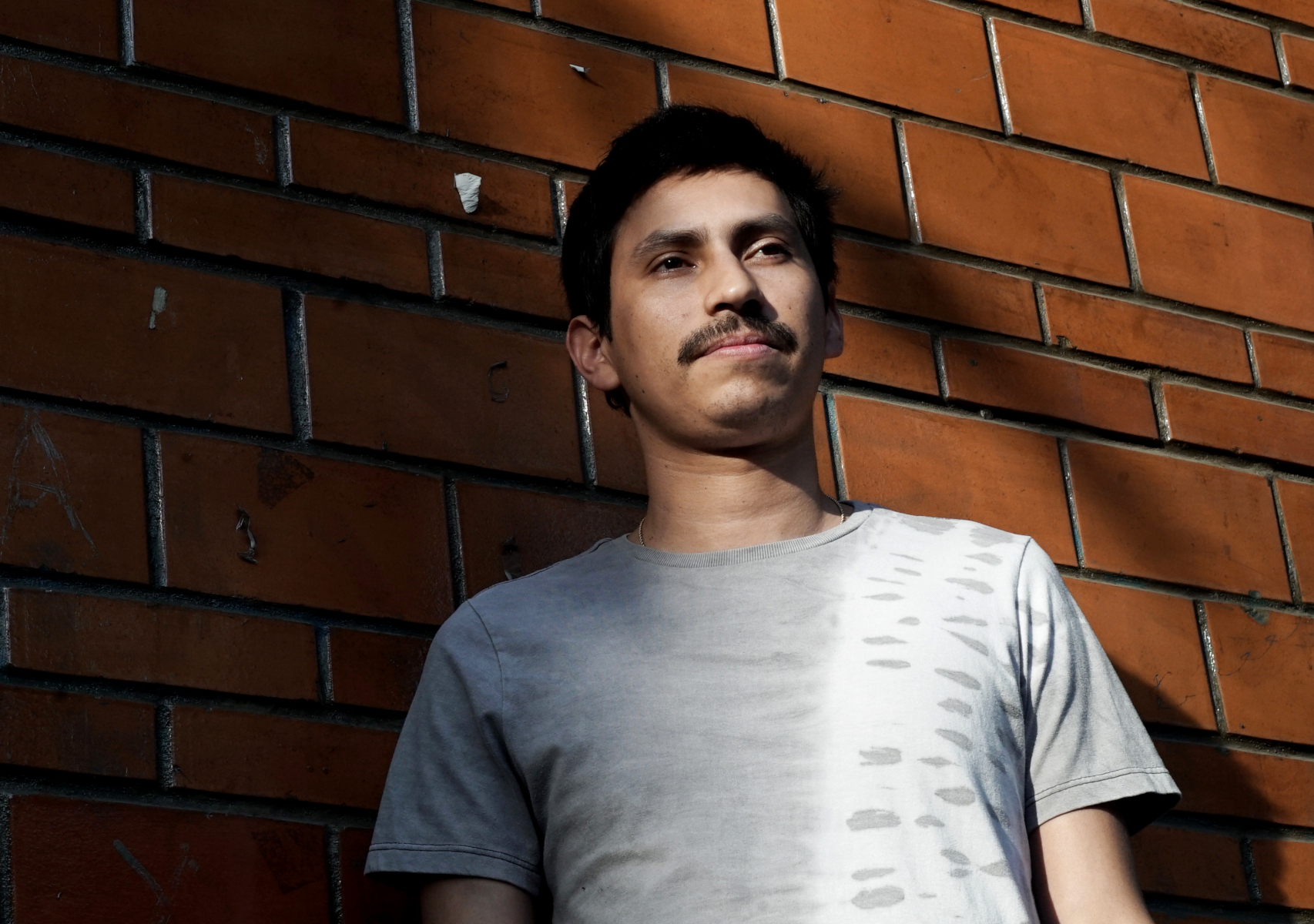Photo: Press (Turning Torso)
David Sánchez has found the possibly best pseudonym for himself. Likely a reference to the iconic Malmö high-rise of the same name, his own music as Turning Torso is marked by the same dynamism and gravity of the Santiago Calatrava-designed building: There’s something disorienting in how he works with seemingly simple structures. This is also true in regard to the Ciudad de México-based producer and visual artist’s contribution to our Groove podcast, a veritable tour de force through 31 tracks during which Sánchez makes some surprising choices.
What drew you to electronic music and what did your first steps as a producer look like?
From an early age, my attention has always been drawn to music without words, where subjectivity remains and connects at the same time. Electronic music production was accessible with the availability of affordable software, making it easier for me to create. Listening to early Warp releases, uploading music on Bandcamp as a teenager, going to my first raves, appreciating psychedelic culture, and growing with the evolving music community in Mexico City got me deeper into this universe.
In the studio and as a live performer, you work a lot with computer improvisation. How would you characterize your approach, and what kind of gear or software is crucial to your workflow?
I like to play with sequencers and synths and finding chord progressions that resonate with an inner drive, channeling a set of emotions. I try to achieve the same feeling as when I’m listening to unpredictable jazz or house chords. I’m also aware that my improvisation process evolves within a set of previously chosen rules or tools. My set-up right now is Ableton Live and the Polyend Play sequencer. The randomisation function in the Polyend Play can completely change how a pattern sounds if you carefully choose your samples. When doing visuals, I use Touchdesigner and switch between several selected patches.
You play a lot of audio-visual sets. How exactly do the visual and musical sides of your work tie in with each other?
Incorporating visual and auditory experiences into a live set represents a form of cross-modal perception, where information from one sensory modality influences and interacts with information from another modality. Visual culture is widely embraced in entertainment and adding audio-reactive particle systems, noise fields, or colour gradients will enrich the experience and the abstract meaning of a performance.
Your latest EP was the self-released Neon Pain, a less beat-oriented record than its immediate predecessor Chroma for Akita Club. How did the Neon Pain release come together?
I recorded jam sessions with sequenced samples and then these tracks were played, pitched down and up, or heavily morphed with effects using a Pioneer XDJ. Sometimes music doesn’t need to be so serious or planned. I felt the need to release some inner pressure—no promo or planning. Suffering can be used symbolically to explore deeper themes, such as the human condition or the search for belonging.
What role does DJing play in your work?
DJing is very useful to learn about crowd response in different contexts, rhythms and set times. I have lately been enjoying opening sets, warming the dance floor. It is great for testing my tracks and discovering new music. It is also true that the DJ lifestyle can be demanding and stressful; exploitation, over-saturation, gender, race and geopolitical oppression make this industry bittersweet.
What was the idea behind your mix for our Groove podcast?
Old and new stuff here aim to represent my idea of dancefloor, with tracks from local producers such as Nico and Octopic, starting with ethereal piano strokes from Laurel Halo and the textured new Lukid release. Trance-inducing moments are also reached with Tammo Hesselink and Tristan Arp. A couple of self-released tracks also appear in the mix.
Last but not least: what are your plans for the future?
I am working on two different music releases. I don’t want to rush now, I feel confident enough to take my time and also explore other activities like painting on canvas, travelling, and creating visual art with AI.
Stream: Turning Torso – Groove Podcast 398
01. Laurel Halo – Sweat, Tears or the Sea
02. Lukid – Confessions of a Wimp
03. Lurka – Tumult
04. DJ Trystero – Gutter
05. Patricia – At A. Gallop
06. Terrence Dixon – Silent Treatment
07. Tamo Hesselink – Rather Stationary
08. Fred P – Destinations
09. Turning Torso – 24 H
10. Shielding & Mäteriet – Kvadrat
11. Nico – Silent Treatment
12. Imaabs – That Joint
13. OSSX – Split Wig
14. Xozgk – Brwjjl
15. Restless Man – The Answer
16. Ntel – Swarm (Scanner Mix)
17. Turning Torso – Shepard
18. Troy – Zenith
19. Teqmun – Odonata
20. Octopic – Litoral
21. Artie Bucco – Fall in Love
22. Tristan Arp – Afterimaging
23. Flørist – Headrush
24. Jaca Beats – Na treta
25. kyoto-protocol – quasistate
26. Rian Treanor – Bunga Blue
27. A. Fruit – Deep Insight
28. Xoavi – Flay
29. Le Frit – Lotophagie
30. bambinodj – Complex Retreat
31. Turning Torso – Wired
